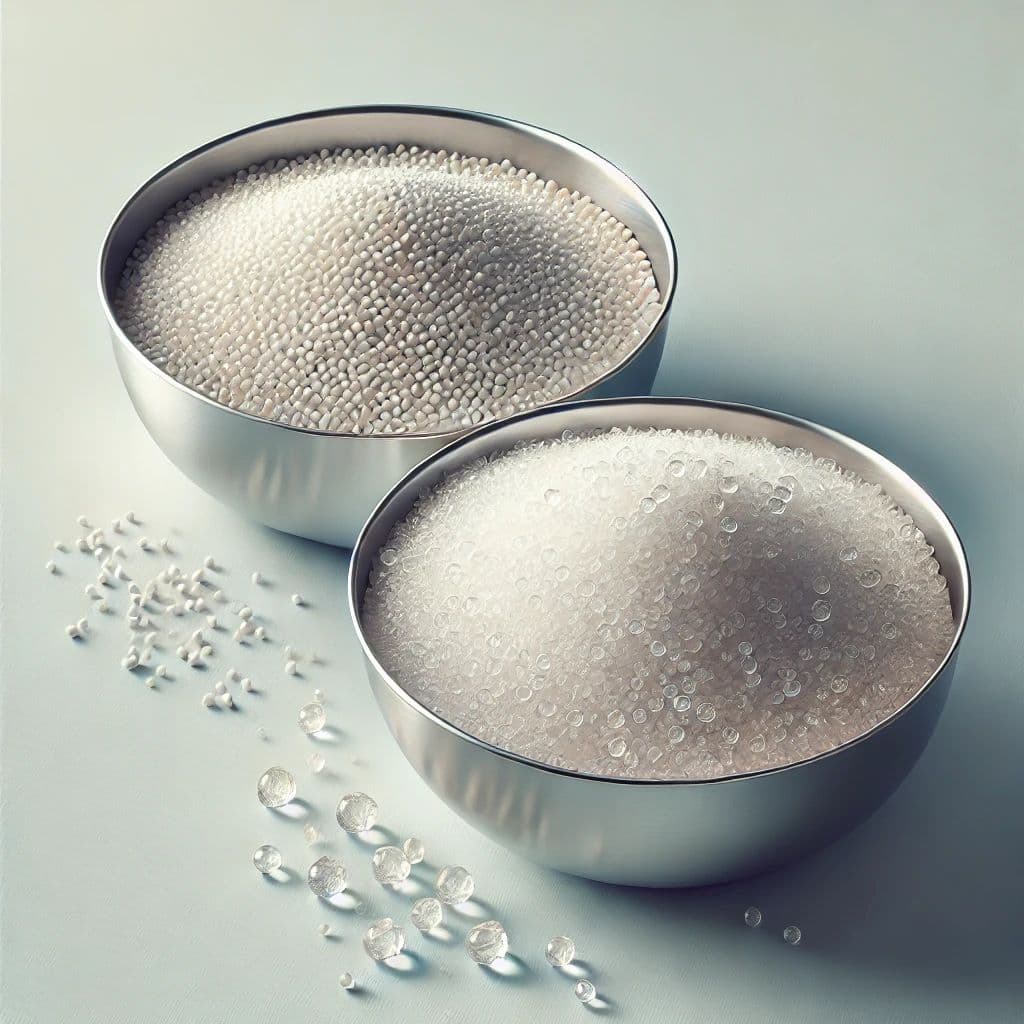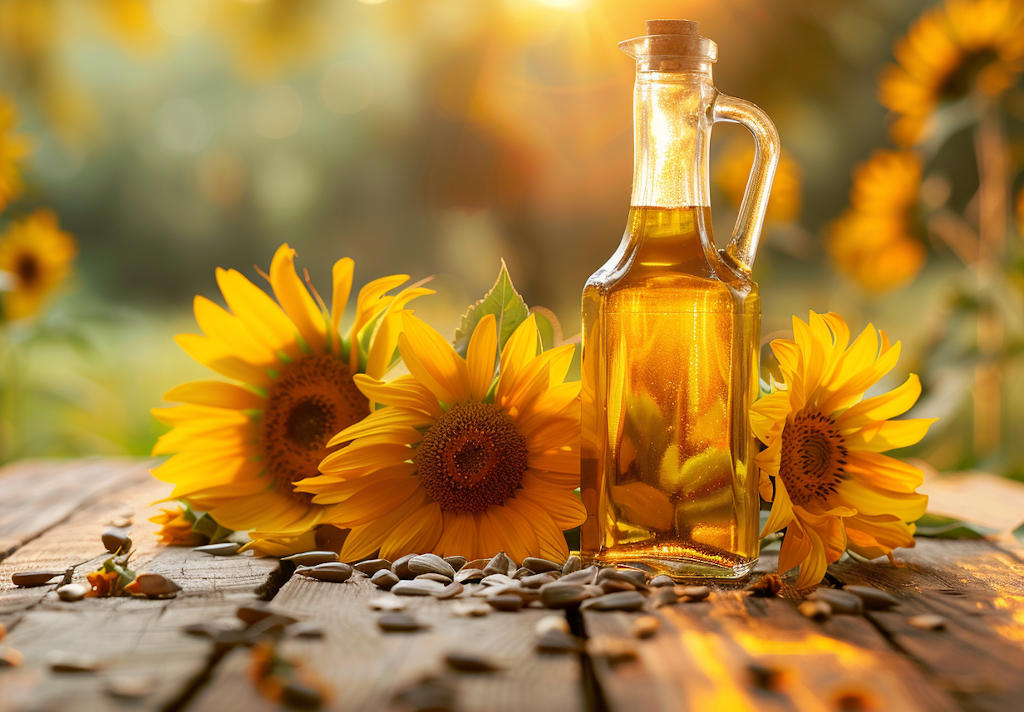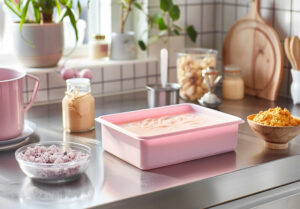Cold saponification: What’s the difference between soda beads and soda crystals?

If you want to make your own cold process soaps, it’s essential to understand the chemistry behind the process.
A common confusion concerns soda pearl (NaOH) and soda crystals (Na₂CO₃).
Yet only soda pearl (sodium hydroxide – NaOH) enables saponification, while soda crystals (sodium carbonate – Na₂CO₃) are totally unsuitable.
✅Naoh (Soda Pearl) = Essential for saponification
❌ Na₂CO₃ (Soda Crystals) = Never use to make soap.
Let’s find out why.
🧪 1. Soda Pearl (NaOH): Essential for Saponification
Why use soda beads?
Cold saponification is based on a simple chemical reaction between a strong base (caustic soda NaOH) and a fatty substance (vegetable or animal oil).
This reaction naturally produces soap and glycerine.
💡 Simplified saponification equation:
👉 NaOH + Oils = Soap + Glycerine
Soda pearls are sold in solid form, usually in small beads or microbeads.
It must be dissolved in water before being mixed with oils = Soda liquid
⚠️ Precautions:
- Always pour the soda into the water, not the other way round (otherwise there’s a risk of splashing).
- Use gloves, goggles and mask to avoid irritation.
❌ 2. Why never use Soda Crystals (Na₂CO₃)?
Soda crystals do not react with oils!
Soda crystals (Na₂CO₃), also known as sodium carbonate, are a weaker base than caustic soda (NaOH). They do not allow oils to be transformed into soap.
💡 Chemical equation for soda crystals:
👉 Na₂CO₃ ≠ No reaction with oils!
💥 Common mistake: Some beginners confuse NaOH with Na₂CO₃, thinking that soda crystals are a gentler alternative.
It’s not true! They won’t trigger saponification and you’ll end up with an ineffective mixture.
🏡 3. Uses of Soda Crystals in Organic Household Products
Although not suitable for soap-making, soda crystals are very useful for the household.
. Powerful degreaser: Cleans greasy surfaces (worktops, ovens, hoods).
. Natural descaler: Removes limescale from kettles and washing machines.
. Whitener: Added to laundry detergent, it revives white laundry.
. Drain unblocker: Mixed with white vinegar, it dissolves residues.
Why I love homemade washing powder (and why you will too!)
Frankly, since I’ve been making my own washing powder, I’ll never go back to industrial detergents! Why? Because it’s simple, economical and super effective.
Unlike liquid detergents, the powder version is much more convenient, and here’s why:
✅ Extremely long shelf life: No problems with phase shifting or mildew as with some liquid detergents.
✅ Takes up less space: a pretty glass jar or hermetically sealed tin – no more bulky cans!
✅ Ultra-precise dosage: 2 tablespoons for a 5 to 7 kg machine, no more, no less. No more wastage!
✅ Infinitely customizable: I add the essential oils I want! Lavenderfor my laundry, nothing at all for the kids’ things, and a little pu of monoi fragrance for the towels.
✅ Easy to carry: One little jar and I can take it anywhere, even on vacation.
What’s more, this detergent is natural and gentle, perfect for even the most sensitive skin (hello babies 👶). And of course, there are no toxic products, either for us or for the planet. In short, nothing but happiness!
So, are you ready to give it a try? 😊
Conclusion
If you want to do cold saponification, use only soda pearl (NaOH), which allows oils to be transformed into soap. Soda crystals (Na₂CO₃) are not suitable and are only useful for eco-friendly household products.
Are you new to soapmaking? Make sure you observe these distinctions to avoid any mistakes! See our article“Precautions when using caustic soda“.
Alexandra



0 Comments